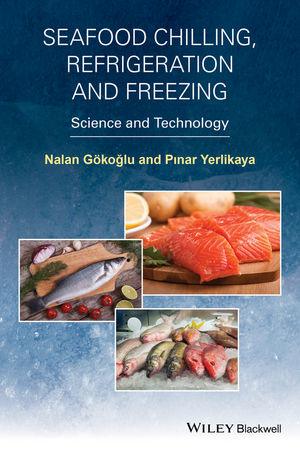Witnessing an uptick of 3.4% over 2018, the worldwide sales of commercial refrigeration equipment will exceed revenues worth $46 billion by end of 2019, according to a study presented by Future Market Insights, London. As indicated by a recent research study, the market for commercial refrigeration equipment will progress at a moderate CAGR over 2019-2029, with demand prominently driven by greater production of food and beverage goods and a preferential shift of consumers towards quick-service restaurants (QSRs) at a global level.
Sustainable and energy-efficient refrigeration systems are set to become a norm across the end-use industries. Leveraging energy-efficient technologies to offer low global warming potential (GWP) products with rich functionalities will be the ticket to capturing significant market share in the long run.
Key market takeaways entail:
- Growing demand for ready-to-eat products and expanding retail outlets are driving the sales of commercial refrigeration equipment.
- North America and Europe would collectively account for over half of the market value share by 2029.
- The foodservice sector will remain a prominent application area to invest in for commercial refrigeration equipment market players.
- The enforcement of new refrigerant regulations such as the EPA 680 Upgrade and the Kigali Amendment for the phase-down of HFC refrigerants will largely impact the market growth.
- The higher average unit cost of freezers and refrigerators allude lower volume sales vis-à-vis value gains, with just about 2.6 million unit sales in 2018.
- Glass door merchandisers, which account for around a third of total volume sales, will continue to see relatively low revenue generation as compared to freezers and refrigerators.
- Sales of beverage dispensers and display cases across end-use industries will show a moderate increase year-over-year in 2019, which will collectively represent nearly 16% of total commercial refrigeration equipment sales in that year.
Manufacturers who are keeping the innovation quotient high and providing turnkey solutions to meet regulatory requirements, with safety to end users at the core, will be rewarded in the long run.
Chinese players striving to win home market
In developed markets, rapid acceptance of alternative refrigerants to benefit from regulatory standards along with expansion of food and beverage processing industries continue to contribute to the development of commercial refrigeration equipment. The growth of Asia Pacific’s commercial refrigeration equipment market was influenced by a shift of Asian eating habits toward Western-style convenience food. With the ability to manufacture their own compressors, Chinese companies are gaining competitive edge to reign supreme in their home market with indigenous brands.







